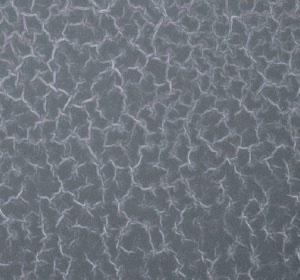| Sep 20, 2011 |
Novel large-scale production method of graphene sheets
|
|
(Nanowerk News) The exceptional electronic, mechanical and thermal properties of graphene, together with its high optical transparency, make it an ideal material for many applications. Unfortunately, the cost of producing sheets of high-quality graphene in the large quantities needed for commercial applications remains prohibitive.
|
|
Jong-Beom Baek and colleagues from the Ulsan National Institute of Science and Technology in Korea in collaboration with researchers in Korea in the US have now demonstrated an inexpensive way to obtain graphene in large quantities using edge-functionalized graphite ("Large-Area Graphene Films by Simple Solution Casting of Edge-Selectively Functionalized Graphite").
|
|
The highest-quality sheets of graphene produced so far have been obtained through the mechanical exfoliation of graphite, which unfortunately is too expensive and labor-intensive to be viable for industrial applications. Giant steps have been made in the synthesis of graphene by chemical vapor deposition on metallic substrates, but the cost of this route also remains high.
|
 |
| Edge-functionalized graphite deposited on a silica substrate.
|
|
The approach taken by Baek and his co-workers starts with cheap crystals of pristine, non-oxidized graphite, modified to bear molecules of 4-ethylbenzoic acid (EBA) at the edges. These EBA molecules tend to repel each other, effectively opening up the edges of the graphite crystal. After dispersing the edge-functionalized graphite (EFG) in dichloromethane solvent, the atomic layers of the graphite separate like in a zipper-like manner, resulting in a dispersion of well-defined EFG flakes.
|
|
Depositing the EFG suspension on a silica substrate gave a film of EFG platelets (pictured) that could be 'welded' together by annealing at 600 °C under argon to produce a continuous film of graphene just a few atomic layers thick. The electrical resistance of the graphene film was found to be slightly higher than that observed for graphene formed by chemical vapor deposition, but Baek believes that this can be improved in future by increasing the grain size of the starting graphite.
|
|
Besides being a very convenient way to produce graphene from pristine graphite, the technique could be tailored to specific applications. For example, Baek and his co-workers have already created nitrogen-doped graphene films that display excellent electrocatalytic activity for the oxygen reduction reaction in hydrogen fuel cells. "The EFG approach could be extended to application-specific purposes such as energy conversion and storage as well as nanoscale reinforcing materials," says Baek.
|

